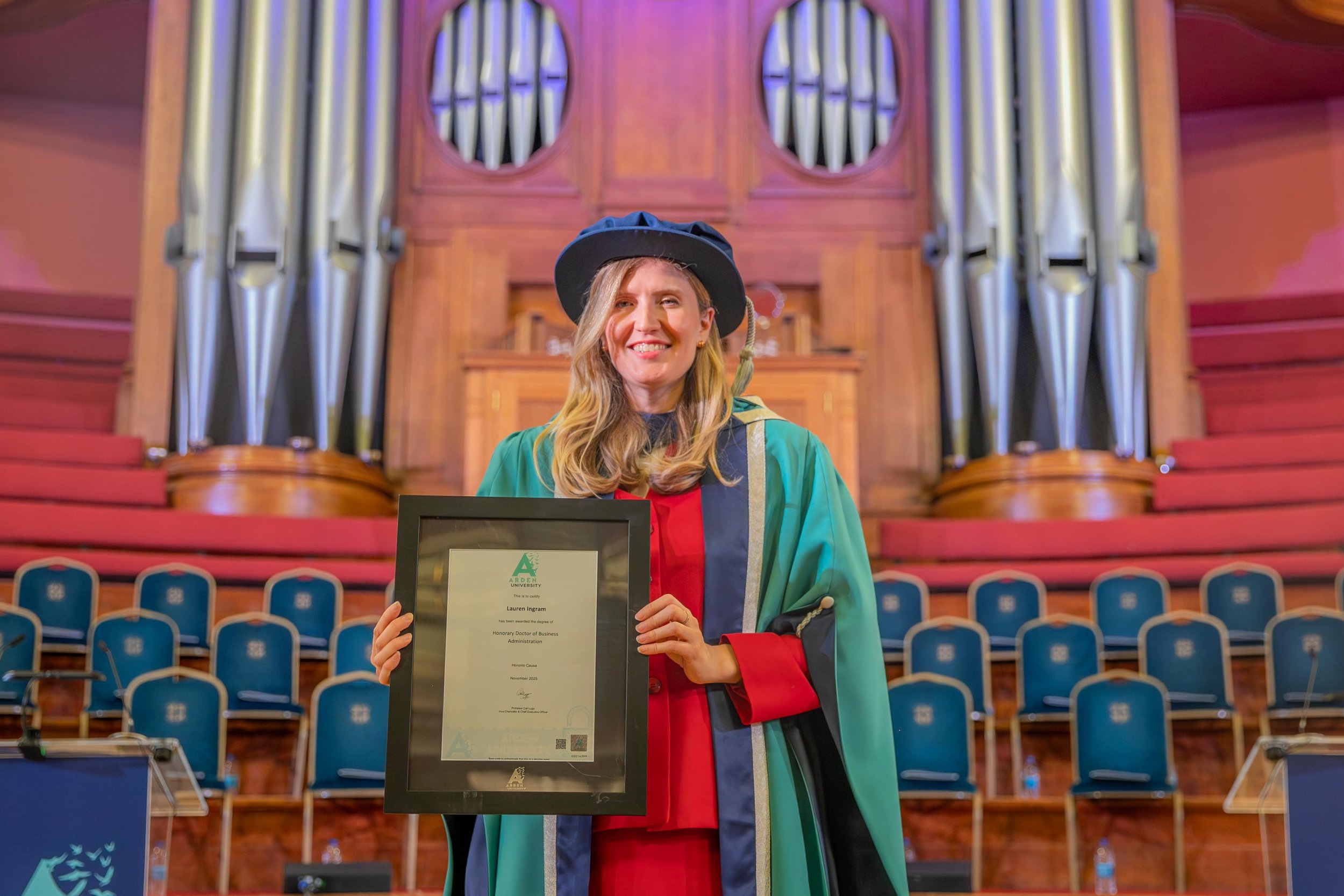McDonald’s Australia partners with top universities to offer employees a chance to use workplace skills to gain university credit
McDonald’s Australia is offering more than 20,000 members of staff the chance to turn workplace learning into university credits.

Crew Coaches and Managers at McDonald’s can earn up to eight verified and transferable micro-credentials by completing on-the-job learning, training, and workplace experience in areas including communication, problem solving, and leadership.
McDonald’s is working with top universities across Australia, including Curtin University, of Tasmania, the University of Canberra, James Cook University, Torrens University Australia, the University of New England, Swinburne University and specialist training provider the William Angliss Institute.
Each micro-credential can be used as one subject credit in an undergraduate degree in courses including Business, Commerce, Management, HR, Technology, and IT at universities across Australia.
The micro-credentials can also be used as a direct entry into a Master of Business Administration.
The scheme could help employees save more than $20,000 in university fees and save up to a third of the usual total study time required to complete a bachelor’s degree.
“Macca’s has always been famous for our exceptional skills and training programs, and we proudly invest millions of dollars every year into helping our people grow their skills and capabilities,” says McDonald’s Australia’s CEO, Joe Chiczewski.
“Archways to Opportunity is the next evolution of that commitment and shows our people that the skills and training they build at Macca’s are real, valuable, and recognised beyond our restaurants. That’s not just exciting. It’s world class.
“To be able to work, earn a wage and have your training and experience count towards tertiary education is an incredible opportunity and a powerful advantage for any young person.
“We’re one of Australia’s largest employers of young people, and this is an investment we’re proud to lead at a time when more and more people are looking outside the traditional school-to-campus pathway.”























